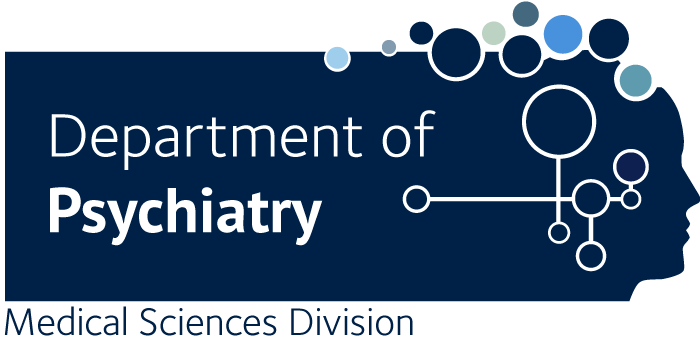Digital sleep phenotype and wrist actigraphy in individuals at clinical high risk for psychosis and people with schizophrenia spectrum disorders: a systematic review and meta-analysis.
Aronica R., Ostinelli EG., Austin C., Oliver D., McGuire P., Brambilla P., Torous J., Cipriani A.
AIM: To identify sleep abnormalities in individuals at clinical high risk for psychosis (CHR-P) or with schizophrenia spectrum disorders (SSDs) compared with healthy controls (HCs) using wrist actigraphy, and to assess potential differences in the direction of effect with self-reported assessments of sleep. METHODS: We conducted a systematic review of observational studies, with the search last updated on 29 April 2024. Primary outcome was total sleep time (TST), with secondary outcomes including time in bed (TIB), sleep latency, sleep efficiency, wake after sleep onset, nighttime awakenings and self-reported sleep quality. Random-effects pairwise meta-analyses were used to summarise the effects of each outcome. RESULTS: Nineteen studies were included, with 18 contributing to the meta-analyses (202 CHR-P, 584 SSD, 582 HC). TST results were inconclusive for CHR-P (MD -4.88 min (95% CI -20.57 to 10.81)), while SSD participants showed an increase in TST compared with HC (MD 106.13 min (86.02 to 124.24)). Factors such as antipsychotic medications (pseudo-R²=88.14%), age (38.89%) and gender (26.29%) partially explained the heterogeneity between subgroups. Additionally, CHR-P individuals exhibited reduced sleep efficiency (MD -2.04% (-3.55 to 0.53)), whereas SSD participants had increased TIB (MD 121.58 min (88.16 to 155.00)) and sleep latency (MD 13.05 min (2.11 to 24.00)). The risk-of-bias assessment ranged from some concerns to high risk. CONCLUSIONS: Our analyses identified sleep abnormalities in CHR-P and SSD compared with placebo. However, observed heterogeneity and potential biases across studies may limit the interpretability of findings. These limitations underscore the need for standardised guidelines and more precise participant stratification.

